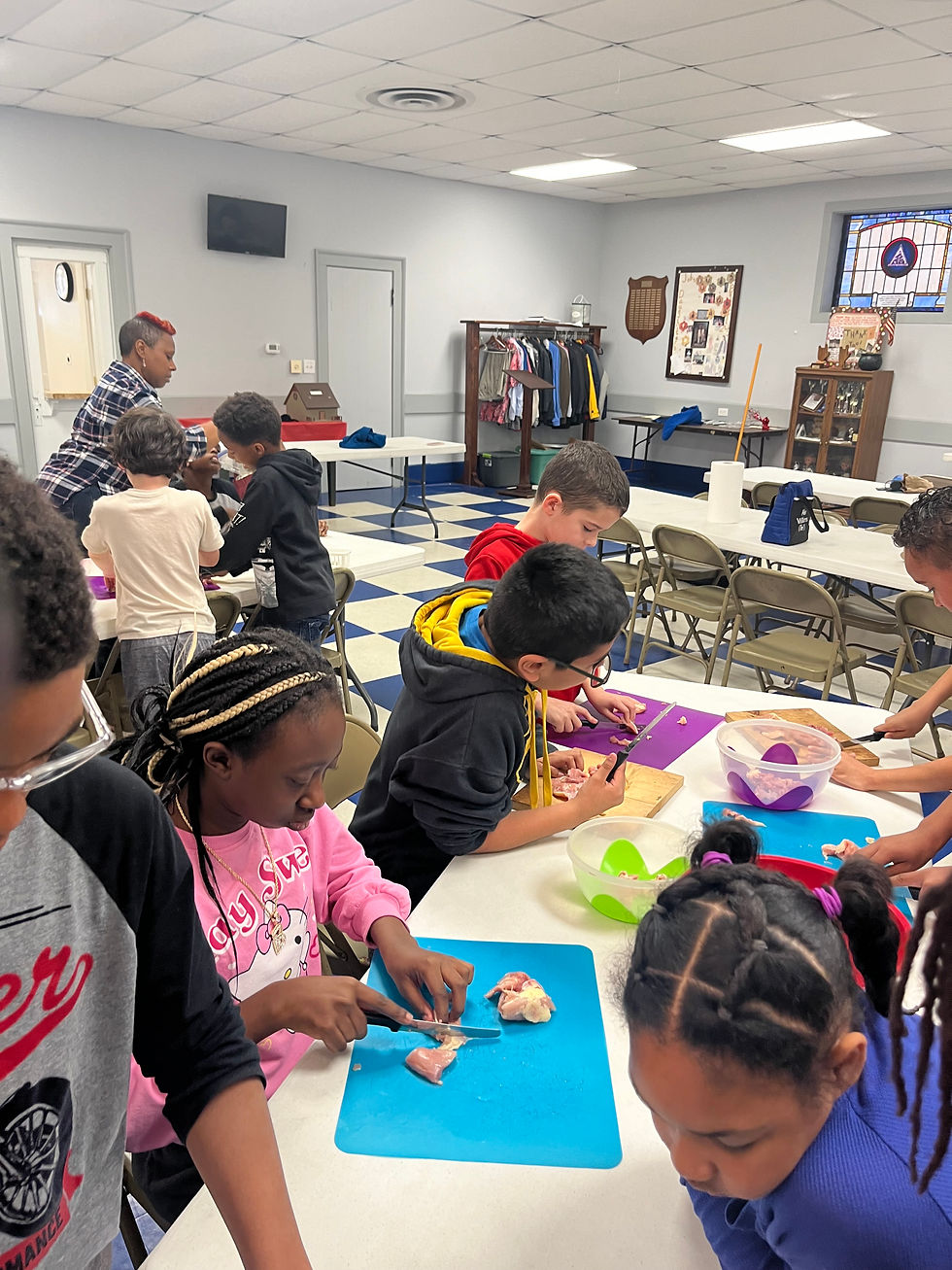Strategies for Engaging Students in Learning
- marva331
- Jan 8, 2024
- 2 min read
Title: Strategies for Engaging Students in Learning Introduction: Creating a dynamic and interactive learning environment is essential for engaging students in their education. When students are actively participating and enjoying the learning process, they are more likely to retain information and develop a love for learning. In this blog post, we will explore some effective strategies for engaging students in learning, inspired by the vibrant image of a diverse group of elementary school students actively engaged in various learning activities. 1. Encourage Collaboration and Discussion: One of the most effective ways to engage students is through collaboration and discussion. By working in small groups, students can share ideas, learn from each other, and develop critical thinking skills. Encourage students to engage in meaningful conversations, ask questions, and challenge each other's perspectives. This fosters a sense of community and active participation in the learning process. 2. Utilize Technology: In today's digital age, integrating technology into the classroom can greatly enhance student engagement. Educational apps and websites provide interactive and immersive learning experiences. Students can use tablets and laptops to explore new concepts, conduct research, and create multimedia projects. By incorporating technology, we can tap into students' interests and make learning more relevant and exciting. 3. Promote Student Presentations: Giving students the opportunity to present their work to the class not only builds their confidence but also engages their peers in active listening and note-taking. Encourage students to prepare presentations on topics they are passionate about or projects they have worked on. This not only showcases their knowledge but also allows them to take ownership of their learning. 4. Create a Stimulating Classroom Environment: A bright and colorful classroom with educational posters and materials displayed on the walls can create an inviting and stimulating learning environment. Visual aids and interactive displays can capture students' attention and spark their curiosity. Consider incorporating hands-on activities, educational games, and real-world examples to make learning more engaging and relatable. 5. Provide Guidance and Support: As the teacher, your role is crucial in engaging students in their learning. Circulate among the students, providing guidance, support, and constructive feedback. Be approachable and encourage students to seek help when needed. By showing genuine interest in their progress and understanding, you create a safe and supportive learning environment. Conclusion: Engaging students in learning is a continuous process that requires creativity, flexibility, and a student-centered approach. By implementing strategies such as collaboration, technology integration, student presentations, creating a stimulating classroom environment, and providing guidance and support, we can create an environment where students are actively participating and enjoying the learning process. Let's strive to make education a dynamic and interactive experience for all students, fostering a lifelong love for learning.




Comments